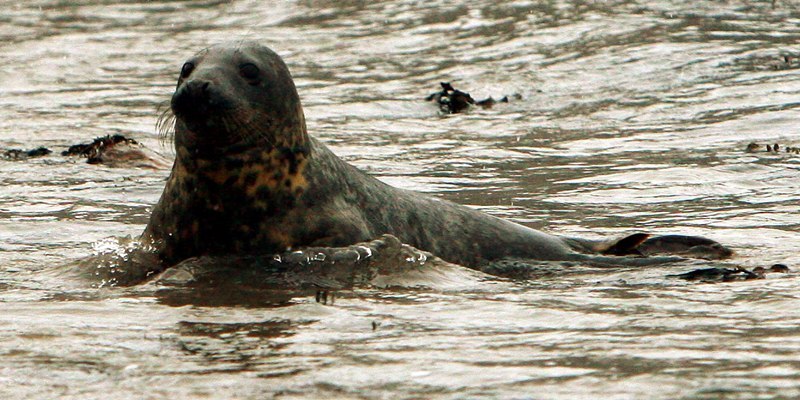An investigation has been launched into the mysterious deaths of 33 seals washed up along the east coast of Scotland and England.
Carcasses with strange “corkscrew” injuries have been found on the shores of St Andrews Bay, the Firth of Forth and Norfolk.
Scotland’s environment secretary Richard Lochhead has asked scientists at St Andrews University’s sea mammal research unit to try to determine the cause.
He has also urged anyone who finds a dead seal to contact the unit to help establish the scale of the problem.
The carcasses each had a single, smooth-edged cut starting at the head and spiralling around the body.
The wound is inconsistent with any known hazard, such as fishing nets or boat propellers.
Within the last two months seven incidents involving common and grey seals have been reported in St Andrews Bay and the Firth of Forth.
Six further incidents last year and the year before in the same areas have been linked.
Twenty cases have been reported over the last year in Norfolk, four of them last month.
Similar unsolved seal mortalities have been found off the Atlantic coast of Canada in the past decade.
Director of the sea mammal research unit Professor Ian Boyd said, “We need to investigate the causes of these unfortunate deaths and how widespread the problem might be.
“This will inform any consideration of population impacts and potential mitigation.”
Scottish Natural Heritage is also working with the Scottish Government and the sea mammal research unit.
Species manager head Dr John Baxter said it was important the cause of the injuries and the scale of the problem is identified as soon as possible.
“All accidental deaths of seals are a matter of concern but with the significant decline in numbers of common or harbour seals on the east coast and in the Northern Isles of Scotland in recent years this additional source of mortalities is particularly unwelcome.”
A number of seal carcasses have been sent to pathologists at the Scottish Agricultural College for autopsy.
Anyone who finds a dead seal can send details and photographs to smruseal@st-andrews.ac.uk.
